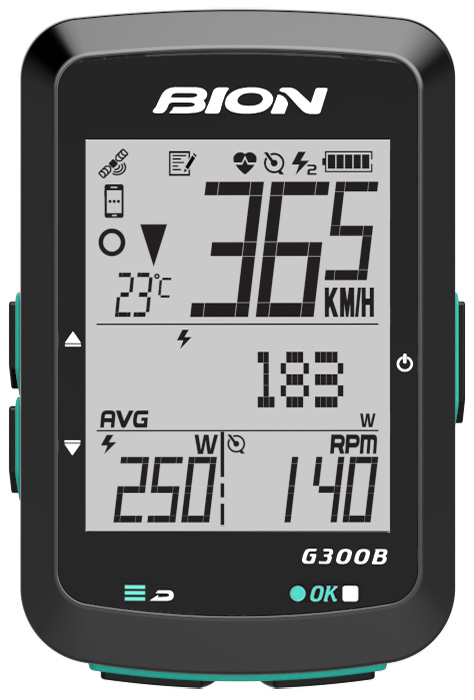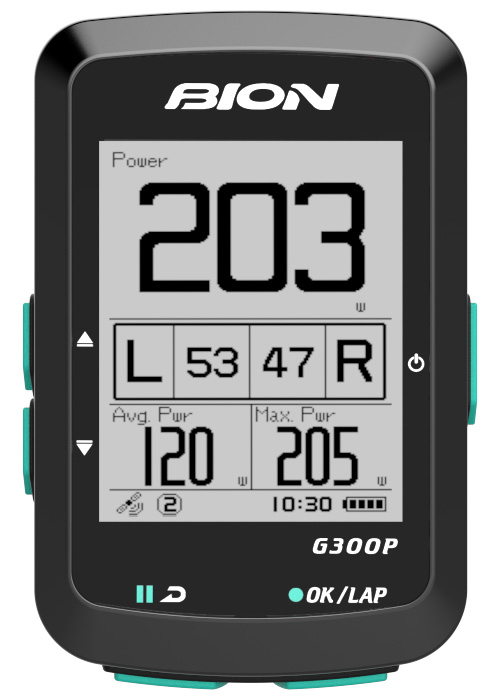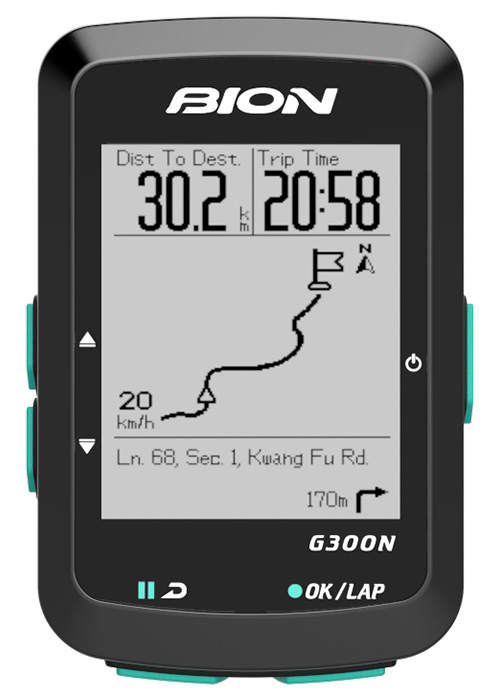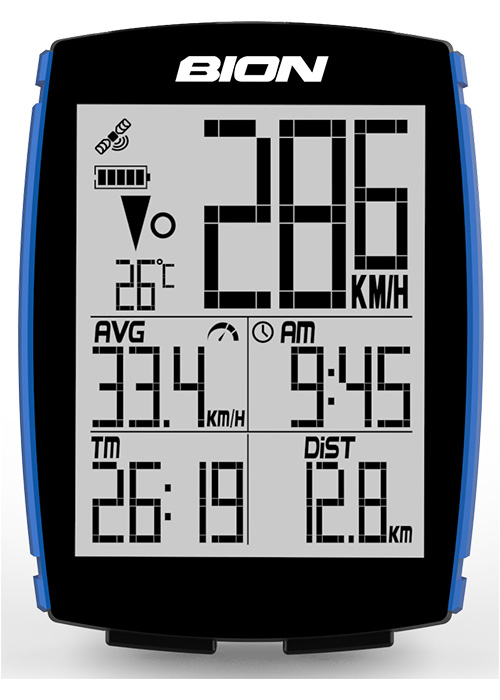GPS Computers
Descriptions
If ever asked the question, “Have you owned a Bion GPS computer before?”, you would swear that you have never used one—ever! “I know which brand I bought and now use,” you’d say, looking at your interrogator like he’s got two heads. Here’s the thing. Underlying the bewildering variety of brands in any product category are a much smaller number of Original Equipment Manufacturers serving the whole industry. We are one of those manufacturers, and if that brand-name item you purchased is not made by us, our circuitry is probably a part of it anyway.
Cyclists are now into their third decade with bike computers. The early units were simple enough, toting the kilometers and displaying speed, progressively adding pedal cadence, temperature, incline, and heart rate monitoring. Now GPS connectivity is a standard function within increasingly sophisticated units. When selecting a GPS computer an important consideration is battery life: you’ll know from your phone that continual GPS connectivity means continual battery drain. You’ll also want reliable connectivity to your peripheral devices: your heart rate sensor, your cadence sensor and, of course, your speed sensor must ideally maintain connection at all times. Your unit should have an easy to read display where ‘clicking’ through the individual modes is also butter-smooth; you should be able to cycle through the modes with minimal distraction from the cycling task at hand, particularly at critical parts of a race.
Bion is at the cutting edge of GPS computer technology, offering three models that cover the range of functions you require at a range of price points. Solid battery life and dependable connectivity and durability: even with front suspension, shock-force impact across the handlebar will seriously test any electronics fixed to them. The components must be of exceptional quality to endure harsh temperatures, keep out water, and endure against potentially catastrophic impacts.
Model G300B might be the most basic in the range, but still packs plenty of powerful technology. You get the very-easy-to-read display, with particular functions’ values also easy to read, strongly contrasted in the LCD background. The all-important power output display occupies 1/4 of the screen right above your heart-rate.
Model G300P takes everything a step further. A dot matrix LCD takes data visuals to the next level. Crisp and clear, glean all you need to know from the briefest glance in a fraction of a second. You also get your FTP, or functional threshold power. If you are into fine-tuning your training, then FTP capability is for you. You could say that training with power meter pedals really begins with the ability to measure and utilize FTP.
A basic definition of FTP is the average number of watts you produce in an hour of cycling. Getting deeper, FTP values are expressed in watts per kilo of body weight. Combined with heart rate measurement, you have yourself a powerful indicator. For example, you divide your training into 4-week periods, measuring FTP at the end of each. If you have maintained your body weight at a particular level and your FTP increases, you’ve become fitter. Read more about FTP in this article from Road CC.
The top model, G300N also includes Waypoint Navigation. Waypoints are sets of coordinates that identify physical locations in space. Long story short, you can enter waypoints for a particular journey into your GPS, be it a place to camp, places of interests along a trail and so forth. Adding Waypoint functionality to your cycling makes the most of GPS capability and sets you up for seriously awesome cycling experiences.



